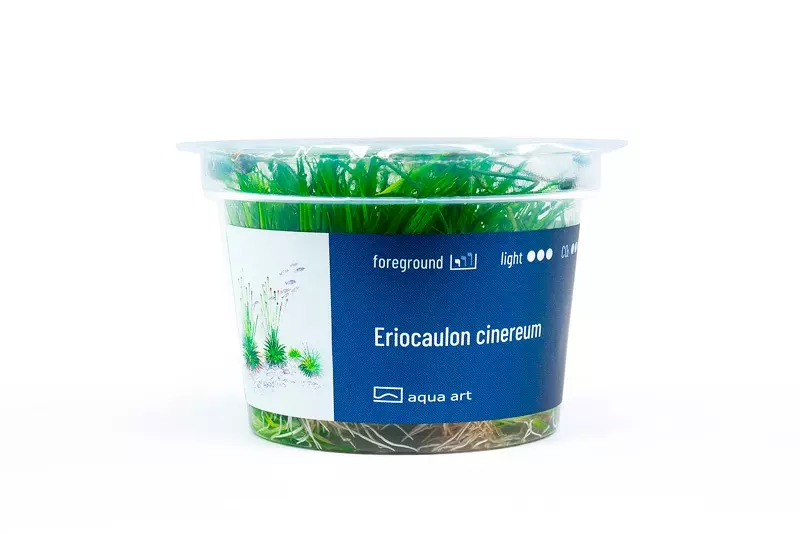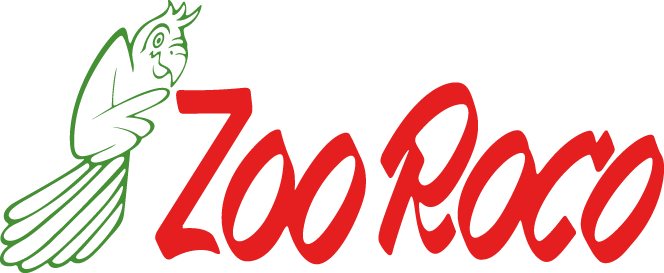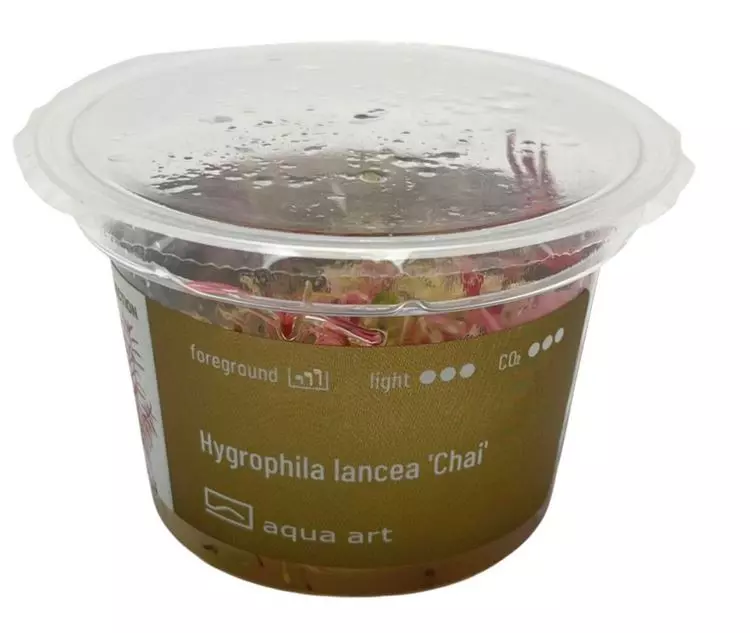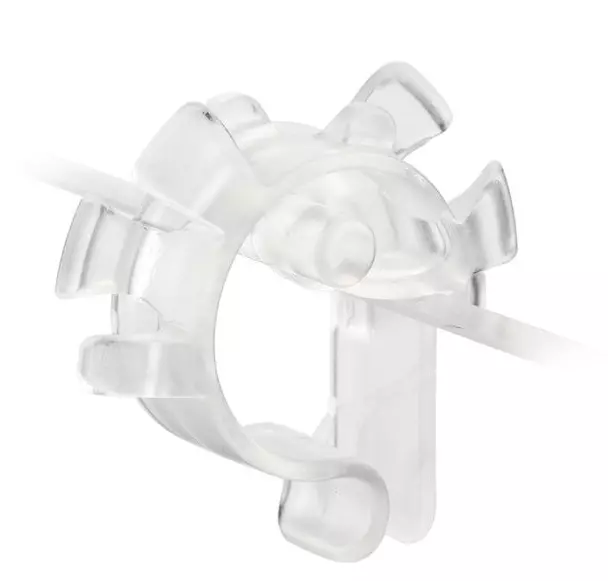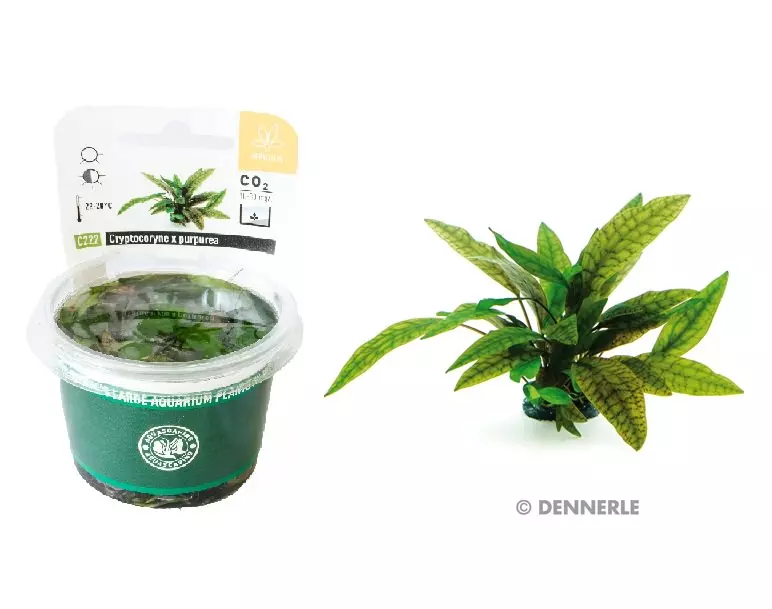Eriocaulon Cinereum
Eriocaulon Cinereum is a very interesting and eye-catching plant species for the foreground of an aquarium. The plant is characterized by slow growth and the shape of the leaves resembles needles.
- Cultivation difficulty: moderately demanding
- Light requirement: high
- CO₂ requirement: high
- Height of the adult plant: up to 5 cm
- Growth: slow
- Temperature: 19-29 °C
- Placement in aquarium: in the foreground
- Origin: Asia
- 6 cm cup diameter
Eriocaulon Cinereum is an undersized plant that does well in the foreground of an aquarium. This species is found on the Asian continent, especially in countries such as China and the Himalayan region. In China it is very common in its natural habitat, but in other countries it is hard to find. Recently, it has gained popularity due to its original and unique structure and characteristic flowers.
The plant is characterized by very slow growth, as it takes about 6 months to form a rosette with a diameter of 10 cm. It reaches an average height of 5 cm. There must be a very fertile substrate, as the species has a very extensive root system. Through this, the plant absorbs most of the nutrients it needs for growth. It tolerates a wide range of water temperatures from 19 to 29 °C. It also grows in water with medium to high hardness,but prefers soft water. To ensure good growth, strong lighting and CO₂ dosage is essential, as well as micronutrient fertilization. Under these conditions, it will reward us with a beautiful rosette appearance with many young leaves.
The propagation of this plant can be done in several ways. The easiest and most popular is the division of the rosette. This can be done as early as about a month after planting the plant in the aquarium. To get new cuttings, pull out a single plant and remove it from the water. Use a sharp tool to carefully cut the rosette into smaller pieces, and then use tweezers to place them in the substrate. After some time, the cut should be covered with new leaves, and the plant will take on a spherical shape.
In aquariums, it likes to bloom, so its original inflorescences make an unusual decoration for any aquarium.
Planting: The plant must be removed from the cup and thoroughly rinsed from the gel under running water. This is best done by placing the plant in a container of lukewarm water. Most of the gel will then fall off by itself.

